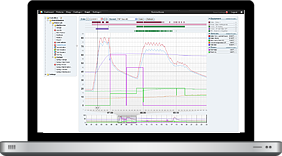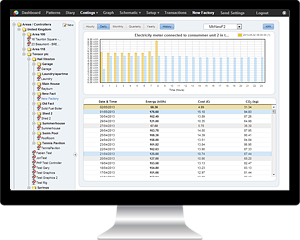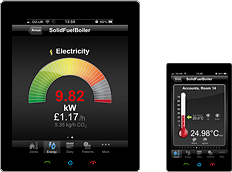Nearly half of Europe’s heating energy to come from renewable sources by 2040, study claims

Nearly half of European space heating could be renewable within 20 years, a recent study from IHS Energy has claimed, as a result of tightening existing regulations that could lower end-user natural gas demand by half within the next 20 to 25 years, reducing residential carbon dioxide emissions by more than 75 percent by 2050. This in turn would move Europe closer to achieving the EU 2030 and 2050 climate targets.
The IHS Energy study Beyond the Flame: The Transformation of Europe’s Heat argues that the share of renewable heat used in the residential sector could reach 49 percent by 2040. This is significant because heating and cooling accounts for almost half of European energy consumption and presents a major opportunity for greenhouse gas reductions.
The study evaluated a range of technology options as well as building refurbishment measures based on their levelised costs and ease of installation in existing buildings to identify the most practical and affordable solutions to reduce energy consumption, improve energy efficiency, and increase the share of the renewable heat.
“At the current pace of change in the heat sector, Europe will fall short of the 2030 and 2050 goals, but more rapid change is possible” said Catherine Robinson, senior director at IHS Energy, and one of the authors of the study. “Our analysis strongly suggests that existing technology can transform Europe’s heat sector—significantly increasing the share of low-cost renewable heat— in the next 15 years by using existing legislation to introduce hybrid heating systems, which combine a high-efficiency condensing gas boiler with an air-source heat pump.”
There are currently 93 million gas-fired boilers installed across the EU, according to the IHS study. Additionally, the IHS report found that the additional cost for the end-user is small compared to the alternatives. As an example, for a large household in the UK, the initial investment is approximately 3,000 euros more than for a traditional condensing boiler, but owing to the lower fuel bills, the additional cost to the consumer over the life of the boiler is less than 70 euros per year.
According to Catherine Robinson, the adoption of a tighter standard for residential heating and cooling could transform the residential heating sector, cutting the volume of gas burned in homes by more than half and increasing the share of renewables to almost 50 percent by 2040. By reducing direct gas consumption, a large-scale roll-out of hybrid systems would undermine volume-based tariffs.
However, it could, in conjunction with smart-home energy management systems, also facilitate the development of the long-promised residential energy services company model, and provide utility companies with a path to new revenue streams, as well as providing a route to meet future supply obligations.
HeatingSave – building energy management systems designed to cut energy expenditure
The best solution for reducing and thoroughly managing energy bills is the implementation of a solid and reliable Building Energy Management system.
Building Energy Management Systems are capable of delivering extensive monitoring and control options, compared to basic controls. They typically employ data from a variety of sources (boiler flow and return sensors, internal and external temperature sensors, occupancy sensors, humidity sensors, etc.), and enable the perfect optimization of a building’s boiler-based central heating system.
If you’d like to find out more about the savings enabled by the HeatingSave Building Energy Management System, just contact our dedicated product team, they’ll be more than happy to answer all of your questions and queries.






